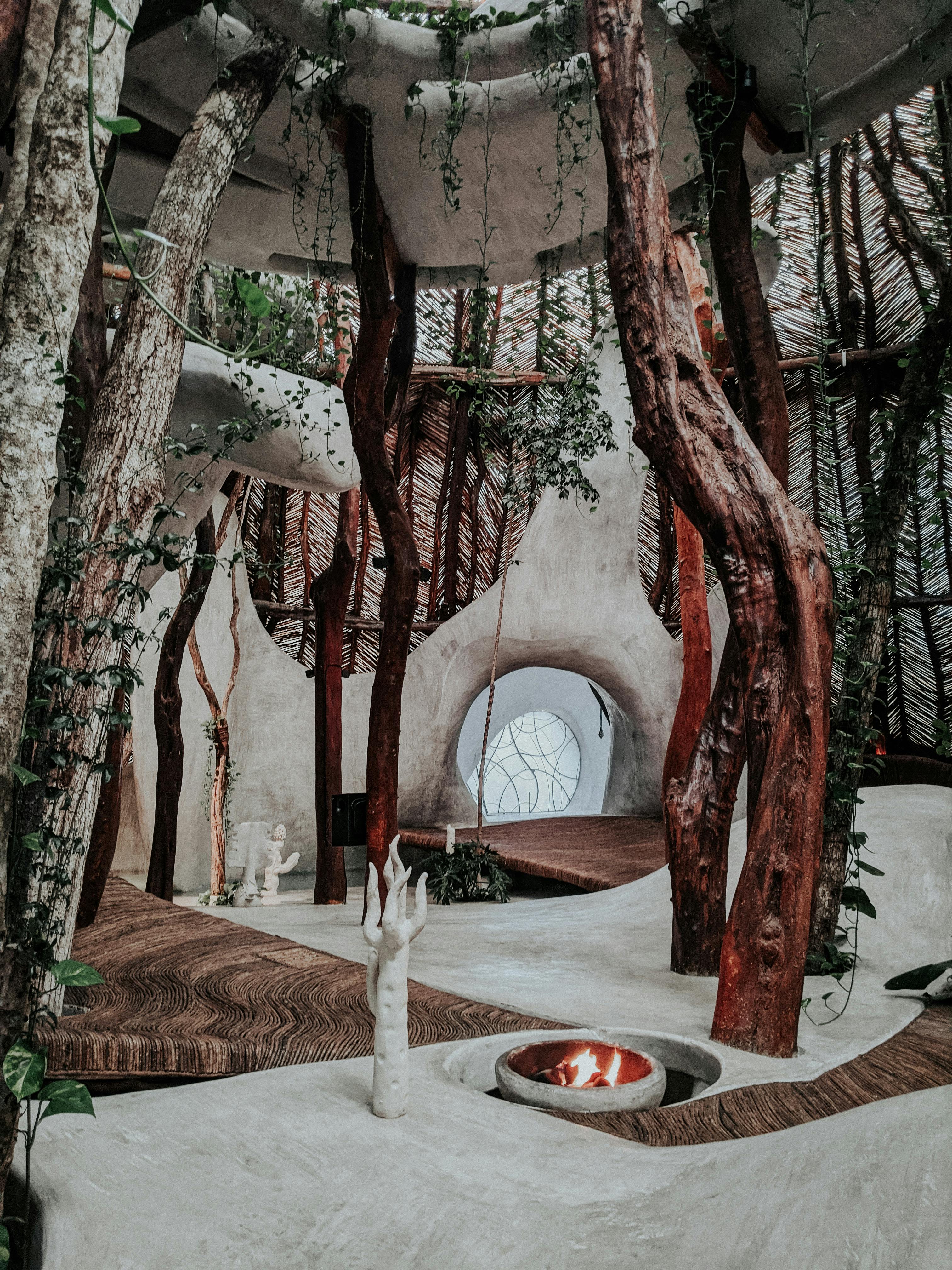Neuroarchitecture: Designing Spaces for Mental Wellbeing
The intersection of neuroscience and architecture is revolutionizing the way we conceptualize and create living spaces. Imagine stepping into a room where every element, from the ceiling height to the color palette, is meticulously crafted to boost your mood, enhance creativity, and reduce stress. Welcome to the world of neuroarchitecture, a cutting-edge approach that's reshaping our homes and gardens with the power of cognitive science.

The Science Behind Neuroarchitecture
At its core, neuroarchitecture is based on the premise that our surroundings have a profound impact on our brain function and behavior. This concept isn’t entirely new - humans have long recognized the influence of environment on mood and productivity. However, recent advancements in neuroscience have allowed researchers to quantify and analyze these effects with unprecedented precision.
Studies have shown that factors such as ceiling height, lighting, color, and spatial layout can significantly affect our cognitive processes, including memory, attention, and problem-solving abilities. For instance, rooms with higher ceilings have been linked to more abstract and creative thinking, while lower ceilings tend to promote focused, detail-oriented tasks.
Implementing Neuroarchitectural Principles in Home Design
Incorporating neuroarchitecture into your home doesn’t necessarily require a complete overhaul. Small, strategic changes can make a significant difference in how you experience your living space. One key principle is the use of biomorphic forms and patterns, which mimic shapes found in nature. These organic designs have been shown to reduce stress and improve concentration.
Lighting plays a crucial role in neuroarchitecture. Natural light exposure has been linked to improved mood, better sleep quality, and increased productivity. Designing spaces with large windows or skylights can maximize daylight intake. For artificial lighting, smart systems that mimic natural light cycles can help regulate circadian rhythms and improve overall wellbeing.
Color Psychology in Neuroarchitectural Design
The impact of color on our psyche is a fundamental aspect of neuroarchitecture. Different hues can evoke specific emotional and physiological responses. For example, blue tones are often associated with calmness and improved focus, making them ideal for home offices or study areas. Warmer colors like reds and oranges can stimulate appetite and social interaction, perfect for dining rooms or entertainment spaces.
However, it’s important to note that color perception can be highly individual and culturally influenced. Neuroarchitects often recommend personalized color assessments to determine the most beneficial palette for each homeowner’s unique needs and preferences.
Soundscaping: The Acoustic Dimension of Neuroarchitecture
Often overlooked in traditional design, the acoustic environment plays a crucial role in our cognitive function and emotional state. Neuroarchitecture emphasizes the importance of soundscaping - designing spaces with intentional acoustic properties. This can involve using sound-absorbing materials to create quiet zones for relaxation or introducing pleasant background sounds like water features to mask disruptive noises.
In open-plan homes, acoustic design becomes particularly important. Strategically placed barriers or sound-absorbing panels can create auditory privacy without compromising the visual openness of the space. Some neuroarchitects even incorporate subtle white noise generators to improve focus and reduce stress in work areas.
Biophilic Elements in Neuroarchitectural Spaces
Biophilia, our innate affinity for nature, is a cornerstone of neuroarchitectural design. Integrating natural elements into living spaces has been shown to reduce stress, improve cognitive function, and enhance overall wellbeing. This goes beyond simply adding houseplants - although that’s certainly beneficial. Neuroarchitects might incorporate living walls, water features, or even virtual nature scenes to bring the outdoors in.
Materials play a significant role in biophilic design. Natural textures like wood and stone can evoke a sense of calm and connection to the environment. Even in urban settings, neuroarchitecture seeks to maintain a link with nature, perhaps through panoramic views of city parks or by creating small, lush garden spaces within the home.
The Future of Neuroarchitecture in Home and Garden Design
As our understanding of the brain-environment connection deepens, we can expect to see more sophisticated applications of neuroarchitecture in residential spaces. Emerging technologies like virtual and augmented reality are opening new possibilities for creating immersive, adaptive environments that respond to our psychological needs in real-time.
Imagine a home that can sense your stress levels and automatically adjust lighting, temperature, and even scent to help you relax. Or a workspace that subtly shifts its ambiance throughout the day to optimize your productivity and creativity cycles. These scenarios may sound futuristic, but they’re already on the horizon of neuroarchitectural innovation.
In conclusion, neuroarchitecture represents a paradigm shift in how we approach home and garden design. By aligning our living spaces with our neurological needs, we can create environments that not only shelter us but actively contribute to our cognitive health and emotional wellbeing. As this field continues to evolve, it promises to transform our homes into true sanctuaries for the mind, body, and soul.





